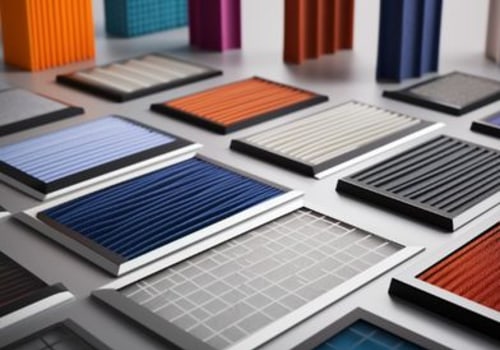Air ionizers are a great tool for improving the air quality in your home or office. They use ions to remove particles, microbes, and odors from the air, making it healthier for people to breathe, especially those with allergies, asthma, and other airway-related diseases. But the advantages of air ionizers don't end there. They can also help clean the room of contaminants, germs, and viruses.
It's important to note that while negative ions do accumulate some of the harmful substances in the air, they will remain on surfaces if they are not removed through manual cleaning. To get the most out of your air ionizer, it's best to turn it on after cleaning the air with purifiers or to choose a purifier model with an ionization option, such as those offered by AENO. Inhaling ozone, even in small amounts, can irritate the lungs and cause throat irritation, coughing, chest pain, and shortness of breath. It can also increase your risk of respiratory infections.
Studies have shown that most air ionizers have no discernible effect on particle levels.
How Air Ionizers Work
The main component of an air ionizer is a special emitter that creates an ionizing field through which dirty air passes. This field is made up of positive and negative oxygen ions that attach themselves to particles in the air and make them heavier so they can be more easily filtered out. Unlike many purifier companies, Smart Air does not use ionizers in its purifiers to achieve its high CADR rates. Instead, they rely on safe and effective HEPA filters. Most major air purifier companies do use ionizers in their air purifiers, including Xiaomi, Blueair, Levoit, and many more.Using Air Ionizers During COVID-19
In response to the COVID-19 pandemic, people have been installing ionizers in offices and restaurants for added protection against airborne viruses.For best performance, it is recommended to use the air ionizer after cleaning the air with a purifier and running a humidifier.




